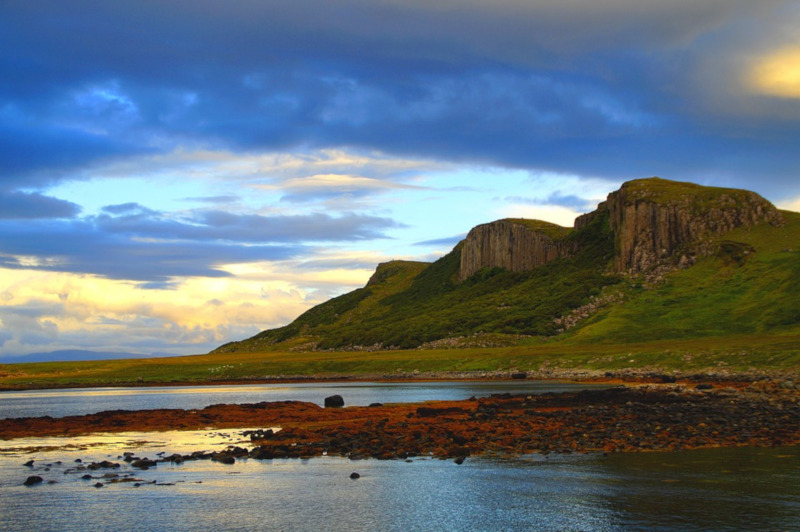
Isle of Skye Facts
- The term Isle of Skye serves as the name of a member of the Inner Hebrides. This grouping itself contains a surprising number of islands and islets of various sizes. More precisely, this archipelago consists of 35 inhabited islands and 44 uninhabited ones.
- In point of fact, this particular member of the collection of islands stands out for a total of two reasons. This stunning site represents the northernmost of them all. The site’s also the largest of all the islands comprising this remarkable grouping.
- The first known written reference to the breathtaking Isle of Skye was penned around the year 700 AD. This action took place at the hand of an unknown cleric. The mention itself appeared in the Roman publication, the Ravenna Cosmography.
- Quite unfortunately, its permanent population is currently in decline. At the moment, only around 10,000 individuals live on the island. That reduced number represents a significant decrease from approximately 20,000 residents, as of the early 19th century.
- Quite naturally, given its location, geography, and climate, its principal industries come as no surprise. More specifically, these consist of fishing, forestry, agriculture, and, of course, tourism. Understandably, several feature films have filmed on the island.
Related Articles
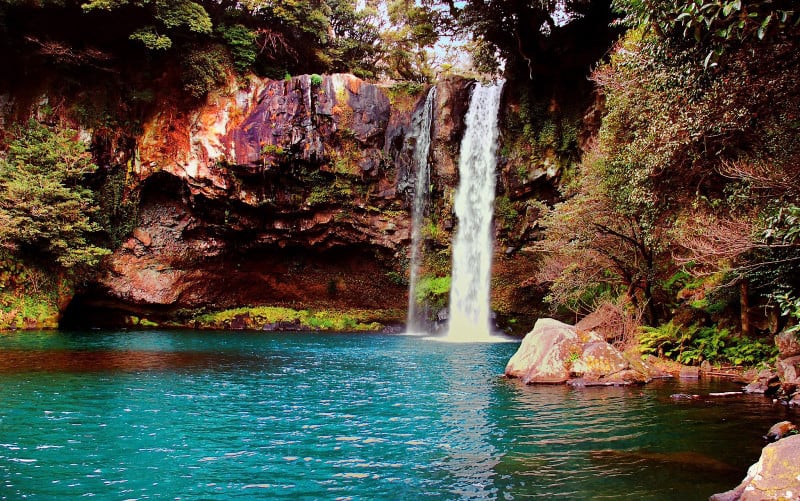
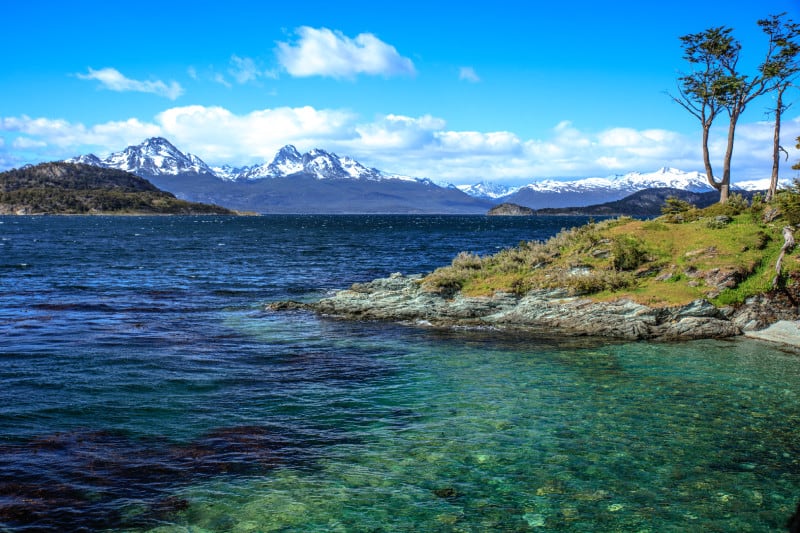
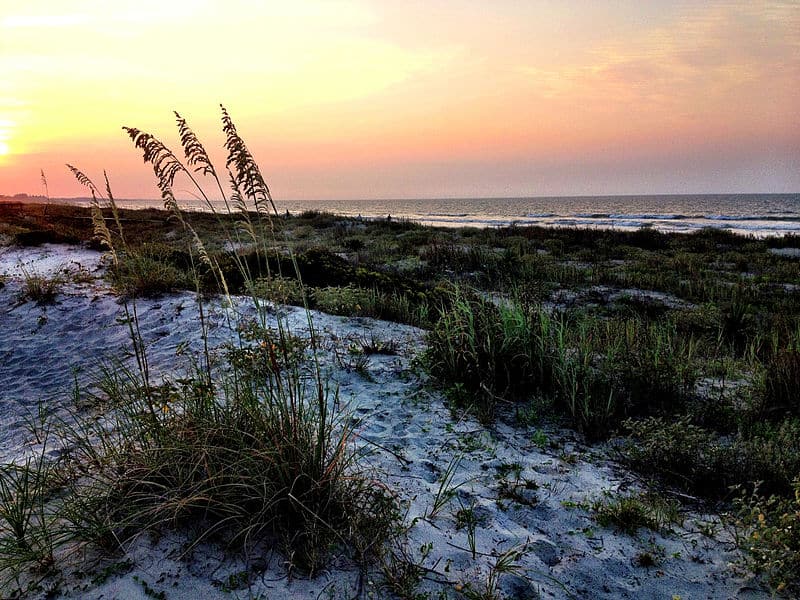
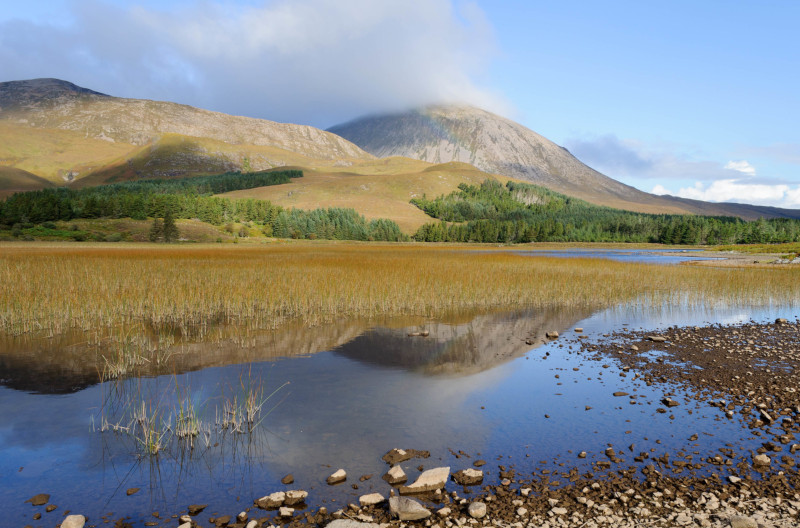
Isle of Skye Physical Description
It must be pointed out that the gorgeous Isle of Skye has an extremely irregular shape. Its overall dimensions remain relatively impressive, however. Among these is the fact that this marvel of Nature has a total area equaling roughly 639 sq mi (1,656 sq km).
The coastline of the majestically beautiful island clearly captures the attention and wonder of those who visit it. That’s natural, given that it has a astounding appearance. That’s partly due to the fact that a great majority of the entire outline consists of countless peninsulas.
Nature didn’t stop there, though. Scattered in among these also lies a multitude of beautiful bays. Roughly in the center of the marvelous creation of geological forces sits yet another impressive feature. That’s the magnificent formation holding the name of Cuillin Hills.
These form a range of extremely rocky mountains that dominate the surrounding landscape of the Isle of Skye. These impressive structures have a distinctive composition. To be more precise, this part of the landscape consists largely of gabbro and basalt.
For the layperson, that represents a somewhat unique combination of two igneous rocks. This blending qualifies as unique because of its dual nature. When dry, the gabbro allows for an excellent grip. But the basalt, when wet, typically becomes quite slippery.
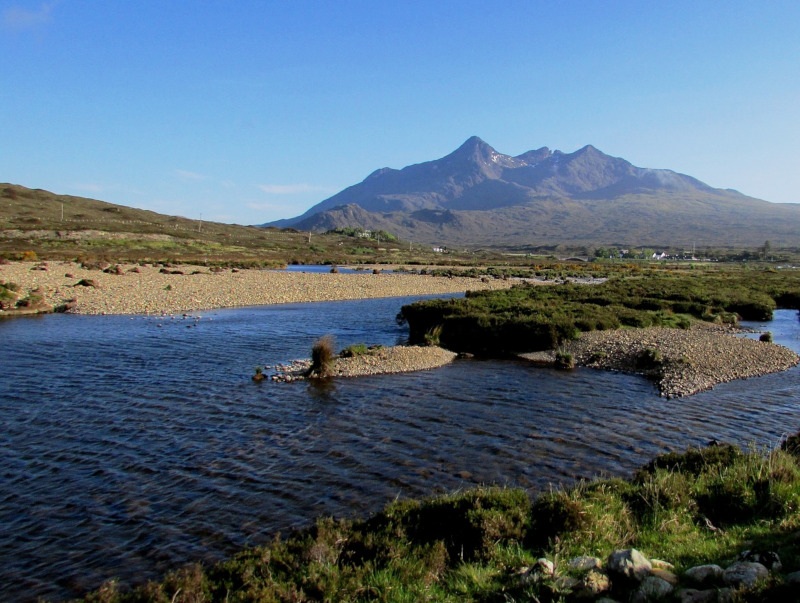
Isle of Skye Location, History, and Ecology
To those who discover it firsthand, the location of the magnificent Isle of Skye just seems to make sense. That’s true since this incredible location formed in a part of the world that is itself already well known for both its great natural beauty, and an air of mystery.
Indeed, this wonderful creation of geological processes plays its own role in this ancient mystique. To be more precise, this magical site, along with its companion islands, sits just off the western coast of the small but naturally stunning country of Scotland, part of Europe.
Discoveries indicate that this island has a long history of habitation. In point of fact, it would seem that ancient man knew of and lived on the island perhaps as much as 15,000 years ago. In modern history, its inhabitants included Roman, Norse, and Scottish populations.
The remarkable Isle of Skye does not quite have the biodiversity of the rest of Europe. Nonetheless, it does boast a highly respectable and thriving ecosystem. Of course, this is assisted by the fact that its overall climate remains mild, although somewhat wet and windy.
Its many species of fauna include such land dwelling creatures as red deer and the golden eagle. Its surrounding waters also teem with an abundance of Atlantic Salmon. The flora of the location consists of various species, with several types of heather predominating.
Features Sharing Its Region

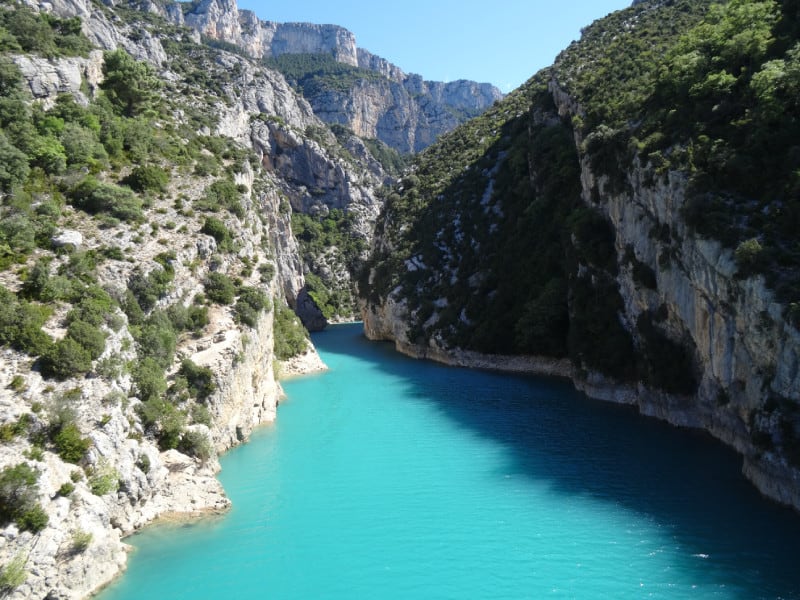
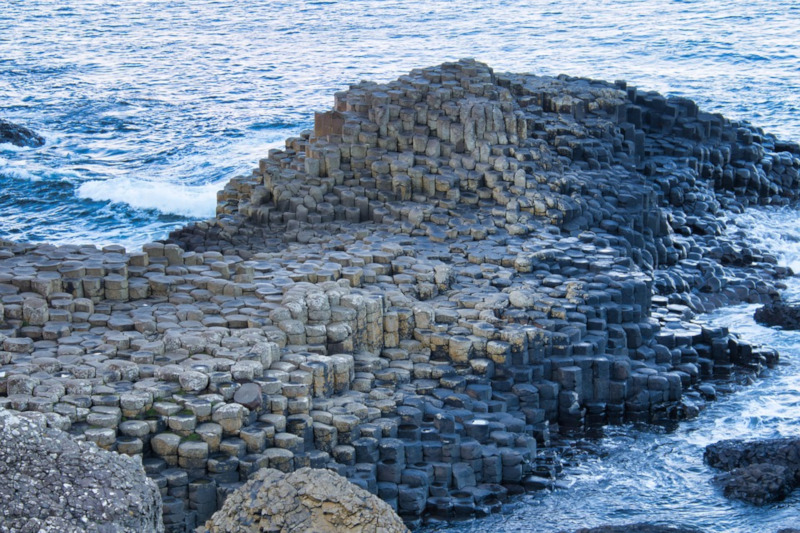
Check out our other articles on 5 Rare Mind-Blowing Cloud Types, Pink Fairy Armadillo, Christmas Island, Plumed midge-orchid, Black-and-white hawk-eagle, White Witch Moth









Leave a Reply